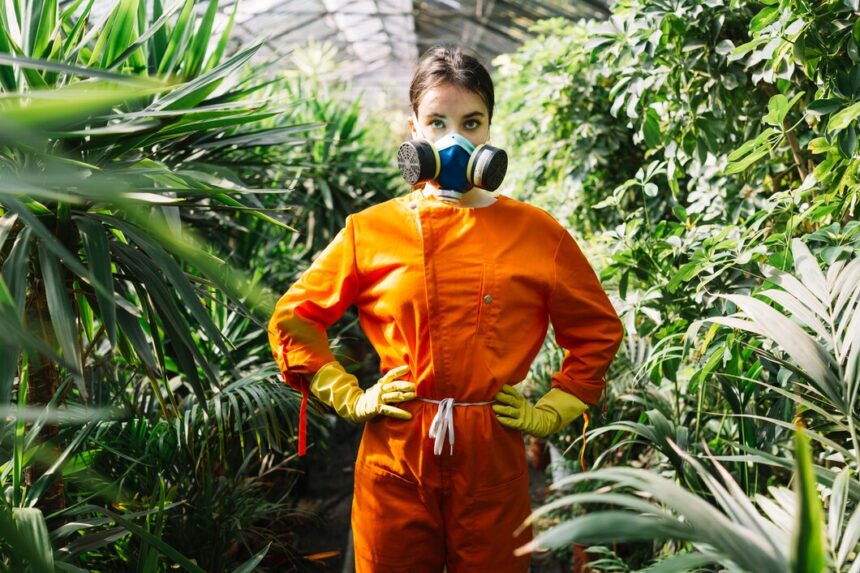Integrated Pest Management (IPM) is an effective and sustainable approach to managing pests in agriculture. It combines biological, cultural, physical, and chemical tools to control pest populations while minimizing environmental impact and promoting the health of ecosystems. For South African farmers facing diverse pest challenges due to varied climates and crop types, implementing IPM strategies can enhance crop yields and reduce dependency on chemical pesticides. Here are some key IPM strategies to consider.
1. Understanding Pest Life Cycles
Knowledge of pest life cycles is crucial for effective IPM. Farmers should monitor pests at different growth stages, including eggs, larvae, and adults, to determine the most effective control measures. Understanding the life cycle also helps in timing interventions for maximum impact.
2. Regular Scouting and Monitoring
Regularly scouting crops for signs of pest activity is essential for early detection. Farmers should establish a monitoring schedule to check for pests and beneficial organisms. Tools such as pheromone traps, sticky traps, and visual inspections can help assess pest populations and inform management decisions.
3. Cultural Control Practices
Cultural practices can significantly reduce pest pressures. Strategies include:
- Crop Rotation: Rotating crops can disrupt pest life cycles and reduce their populations.
- Soil Management: Healthy soils support robust plants that are less susceptible to pests. Practices like cover cropping and reduced tillage improve soil health and resilience.
- Proper Plant Spacing: Adequate spacing allows for better air circulation and light penetration, making crops less hospitable to pests.
4. Biological Control
Introducing natural predators or parasitoids can help control pest populations. Farmers can encourage beneficial insects such as ladybugs, lacewings, and parasitic wasps by planting diverse habitats and minimizing pesticide use. Using microbial pesticides like Bacillus thuringiensis (Bt) can also target specific pests without harming beneficial organisms.
5. Mechanical and Physical Controls
Physical barriers, such as row covers and nets, can prevent pests from reaching crops. Traps can be used to catch and monitor pest populations. Additionally, practices like hand-picking pests or using water sprays to remove them can be effective in small-scale farming.
6. Chemical Control as a Last Resort
While chemical pesticides can be part of an IPM strategy, they should be used sparingly and as a last resort. When needed, farmers should:
- Choose Selective Pesticides: Use pesticides that target specific pests while minimizing harm to beneficial organisms.
- Apply at Appropriate Times: Timing applications to coincide with pest life stages can enhance effectiveness and reduce overall usage.
7. Education and Training
Ongoing education and training are vital for successful IPM implementation. Farmers should seek workshops, extension services, and online resources to stay informed about the latest pest management practices, pest identification, and control methods.
8. Record Keeping and Data Analysis
Keeping detailed records of pest populations, control measures used, and crop performance is essential for evaluating the effectiveness of IPM strategies. Analyzing this data helps farmers refine their approaches and make informed decisions in the future.
9. Community Collaboration
Collaborating with neighboring farmers can enhance IPM efforts. Sharing information about pest outbreaks, successful management practices, and resources can lead to more effective control strategies and reduce the likelihood of pest resistance.
10. Promoting Biodiversity
Encouraging biodiversity on farms helps create a balanced ecosystem where natural pest control can thrive. Planting a variety of crops, incorporating flowering plants, and maintaining habitats for beneficial insects can support a healthy agricultural environment.
Integrated Pest Management is a holistic approach that empowers South African farmers to manage pests sustainably and effectively. By implementing these IPM strategies, farmers can protect their crops, enhance productivity, and minimize the environmental impact of pest control measures. As challenges such as climate change and pest resistance continue to evolve, adopting IPM practices will be essential for ensuring the long-term viability of agriculture in South Africa.
Join 'Farmers Mag' WhatsApp Channel
Get the latest Farming news and tips delivered straight to your WhatsApp
CLICK HERE TO JOIN






